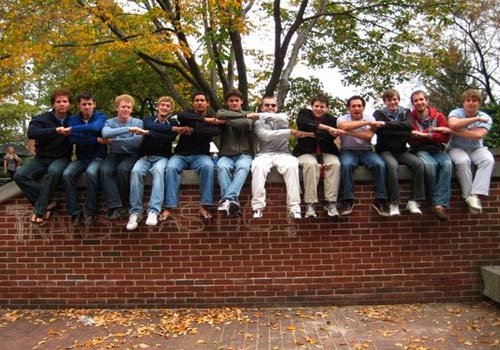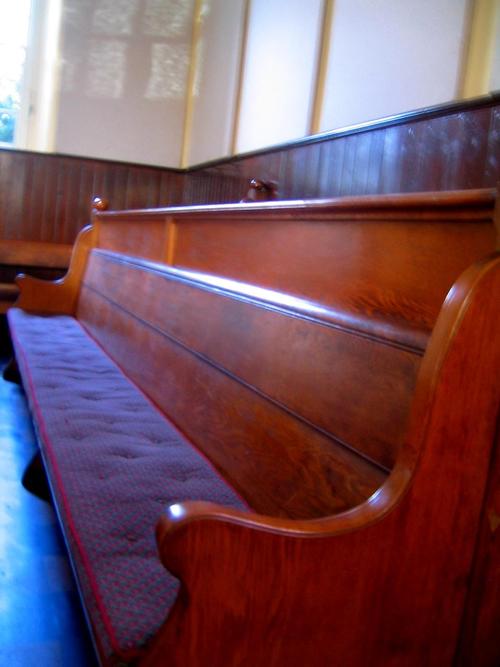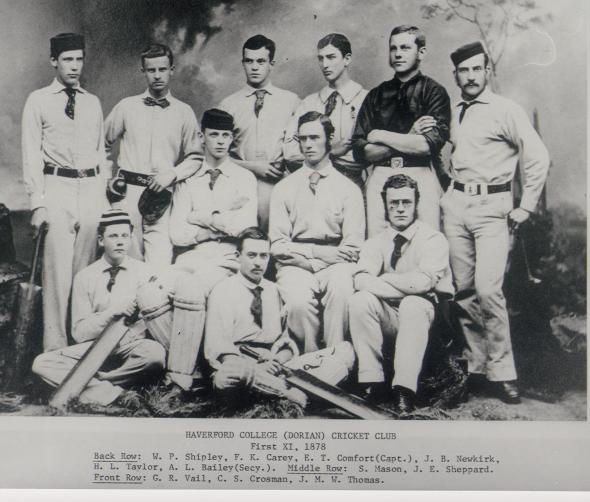Haverford College now has 7 – count ’em – 7 a cappella groups
By Mara Miller
Haverford College likes to pat itself on the back for things like its varsity cricket team (the only one in America) and the witty and attention-grabbing 13-mph speed-limit signs on campus.
Another of the small college’s claims to fame is its national record for the number of a cappella singing groups per student capita.
For years, there have been five well-established groups at Haverford: two male, two female, and one coed. Add to that a handful of groups made up of students from Haverford as well as Bryn Mawr and even Swarthmore and, well, if you want to sing you’ve got a lot of options.
But in the last two years, that smorgasboard has grown even larger with the addition of two more a cappella groups to the Haverford and Bryn Mawr consortium: Counterpoint, whose name itself sounds like a challenge to the status quo, and the Mainliners, whose name refers either to the college’s ritzy environs or to a method of heroin injection, whichever you prefer.
At first, Haverford didn’t take so well to these new groups. A cappella is the stuff of tradition, and being accepted by the S-Chords or the Humtones, the two revered all-male groups, is like getting into the coolest frat. You can’t just build a new frat. Or can you?
- Haverford’s S-Chords
 Counterpoint was founded in 2007 by two Bryn Mawr students disgruntled with their former troupe, the Night Owls. Counterpoint started out as coed, but is now all women, though its members attend both Bryn Mawr and Haverford. Of the original male contingent, one left to focus on academics, one graduated, and one got into the S-Chords, “which he’d dreamt about since birth,” said now-senior Ryan Mulligan, the last man standing. When Counterpoint made the all-female switch, Mulligan hung around to help with administrative work.
Counterpoint was founded in 2007 by two Bryn Mawr students disgruntled with their former troupe, the Night Owls. Counterpoint started out as coed, but is now all women, though its members attend both Bryn Mawr and Haverford. Of the original male contingent, one left to focus on academics, one graduated, and one got into the S-Chords, “which he’d dreamt about since birth,” said now-senior Ryan Mulligan, the last man standing. When Counterpoint made the all-female switch, Mulligan hung around to help with administrative work.
He said that Counterpoint has always struggled for recognition, battling the assumption that people only start new groups because they can’t get into the “real” ones.
Continue reading






